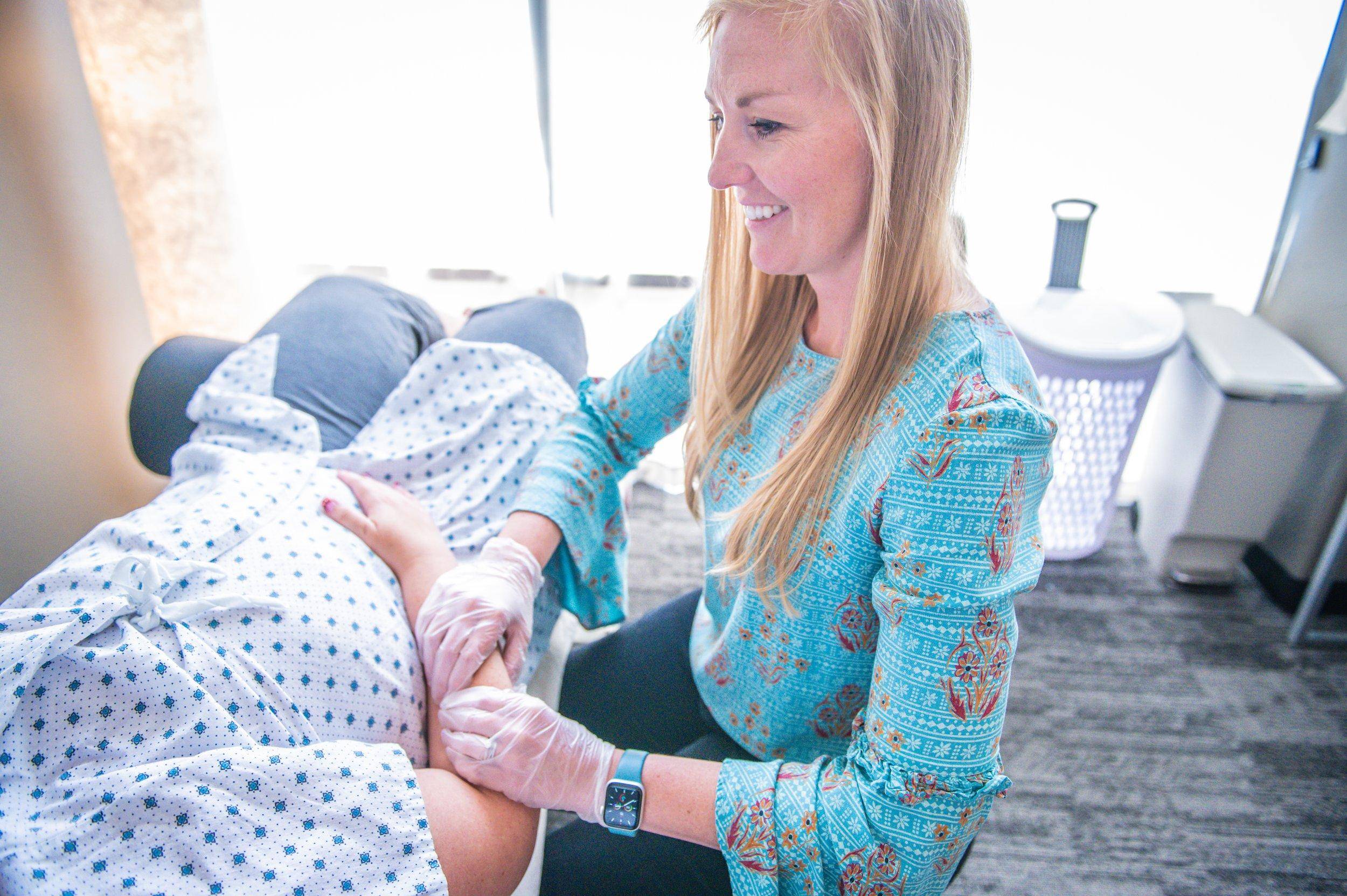Intimacy After Cancer: Fascinating Ways to Overcome Physical Barriers
As a pelvic health therapist, I’ve seen many women affected by painful sex after cancer treatment. Pain with intercourse is very common. But there are many solutions to restore your intimacy after cancer.
It often occurs because the body goes into menopause from the chemotherapy treatments. This is something you may not have expected after going through treatments and may be like other survivors not knowing where to turn for help. We can provide hope for a better quality of life through physical therapy.
What is pelvic pain and what causes it?
Dyspareunia is the medical diagnosis for pain with intercourse and common causes related to cancer include: menopause from treatment, vaginismus (muscle spasms), vaginal dryness, and scar tissue from radiation and surgery.
How cancer treatments affect intimacy
Cancer Treatments
Chemotherapy, radiation, hormone blocking therapy, and a hysterectomy with ovary removal can lead to the development of menopause. Women typically go through this phase, regardless of age, due to the estrogen blocking treatment approach. The vagina changes as estrogen levels go down, leading to more dryness, tightness and weakness of the pelvic floor muscles and surrounding tissues. Oftentimes, this pain can be burning, aching, itching or cramping. Frequently, pain can be experienced after intercourse that can go on for hours to days.
Vaginismus
This is a term used for the body’s involuntary tightening the vaginal muscles in anticipation of pain with intercourse. There is no control over tightening the muscles which causes more pelvic pain.
Disuse
While going through chemotherapy and radiation treatments, intimacy is probably the last thing one wants to focus on. The pelvic floor muscles are like every other muscle in the body and when you don’t use it, you lose it. Those muscles lose tone, strength, and mobility, which can lead to painful intercourse.
Scar tissue from radiation or surgery
Radiation treatments are common with pelvic or gastrointestinal cancers and can form scar tissue externally and internally. In most cases, radiation requires several treatments which cause fibrotic tissue to form. This tissue can be very painful to touch and usually does not go away without proper treatment.


How pelvic floor physical therapy can help
Manual treatment
A hands-on, gentle treatment approach is used to the tissues inside and surrounding your pelvis. These methods include, trigger point release, stretching, and myofascial release to relax tight muscles and improve mobility of scar tissue and adhesions from treatment. The same techniques are also used in the abdomen, back, and legs as these surrounding areas may be contributing to pain.
Biofeedback
This technique is a non-invasive approach to assessing how you are performing kegels appropriately. It is painless and an external method, which you are able to see on a screen if you are properly doing a kegel. People find this very helpful as most of us are visual learners. We first start with reverse kegels which is an exercise to relax the pelvic floor. After this is learned, we progress to strengthening exercises looking at power, endurance, and coordination. This tool helps relax muscle spasms, strengthen the pelvic floor, increase blood flow, and decrease pain.
Exercise
Strengthening and stretching the core and pelvic floor are very important to prevent pain by reducing muscle spasms and tightness. Incorporating the back, hips, and legs helps relieve this pain. We offer a cancer recovery workout. Learn more here.

Helping you every way
In addition to pelvic floor physical therapy, we will discuss other products and resources to prevent and reduce pain, including: dilators, lubricants, oils, moisturizers, topical numbing cream, vaginal care, and counseling services. It is possible to restore and rekindle intimacy after cancer and we are excited to help you.

